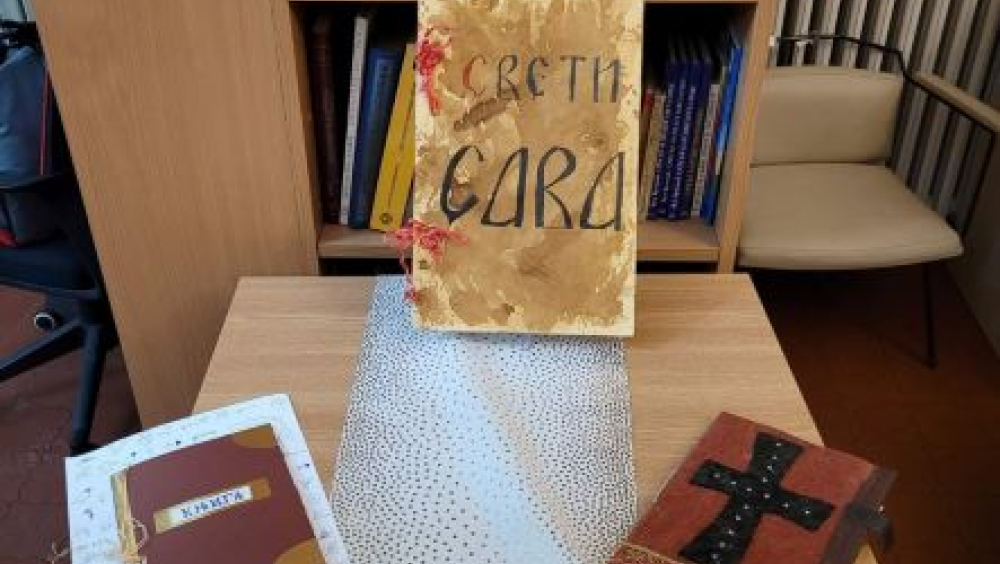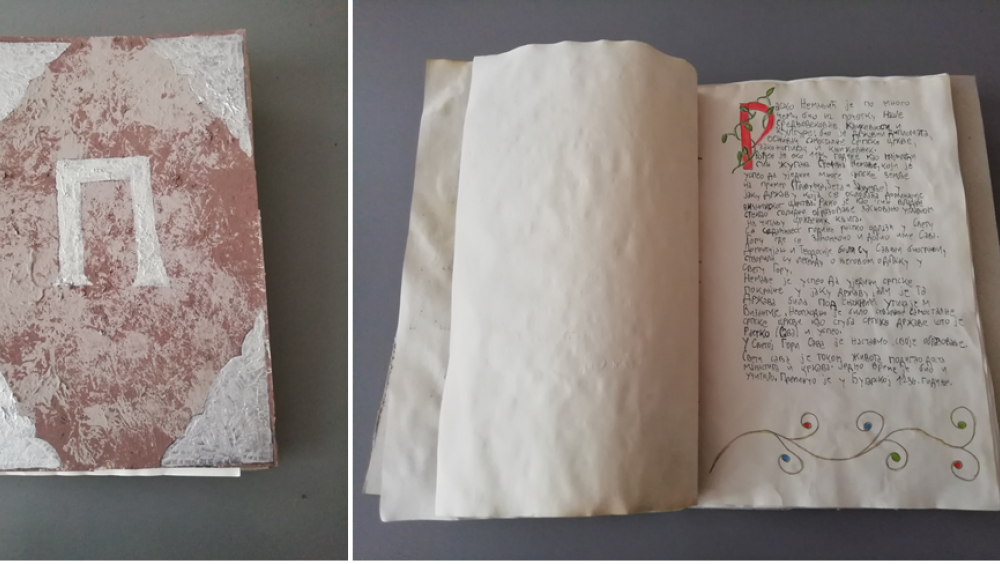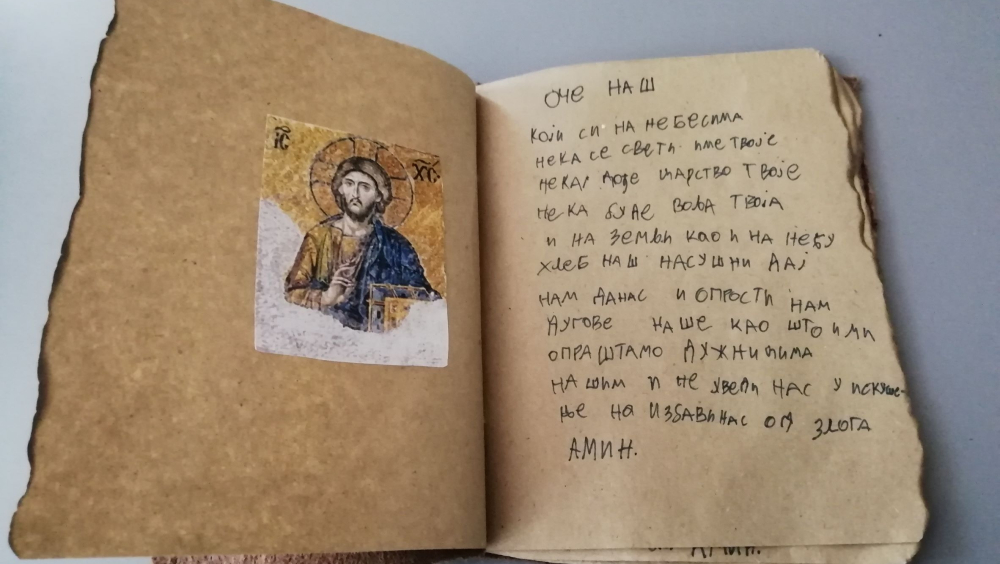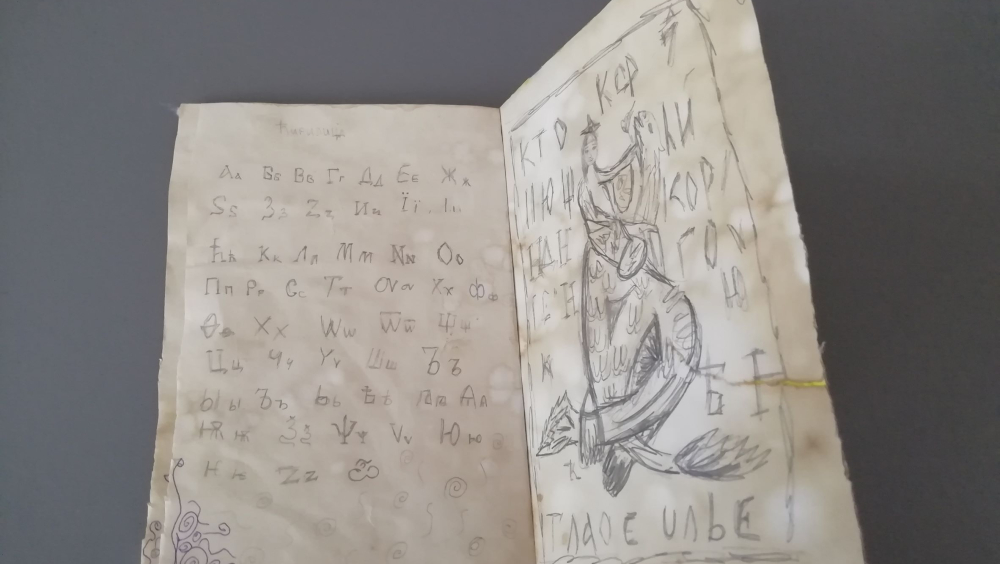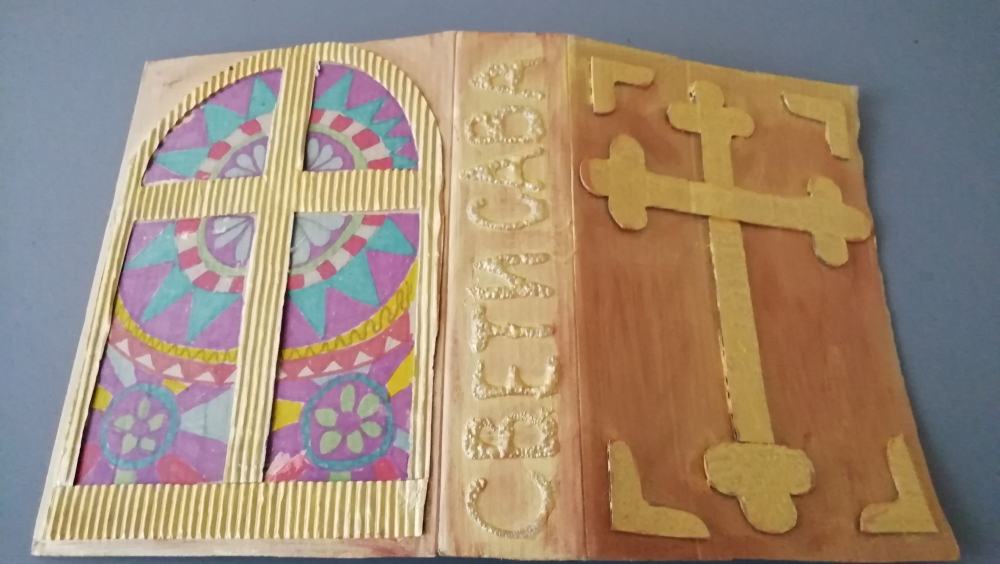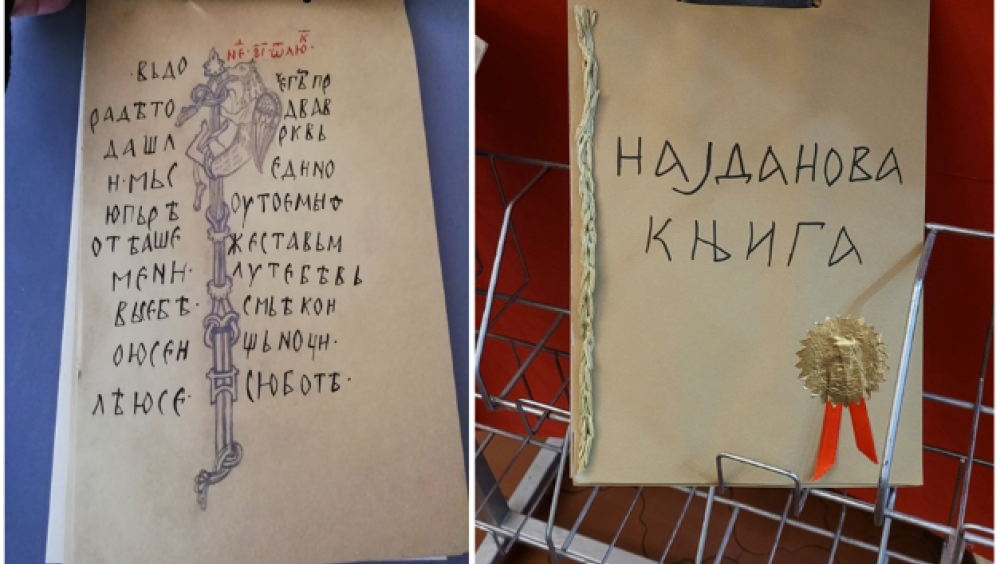My Medieval Book
My Medieval Book is a project in which the students in the classes got to know more closely what books looked like and which letters (Glagolitic, Cyrillic, Latin) were used in the Middle Ages. Following their example, they then made their own books. At the exhibition of works, visitors could learn more about the cultural heritage of medieval Serbia and Europe.
School is one of the starting places where students can become more familiar with cultural heritage. Part of the curriculum is devoted to nurturing cultural heritage, but in the modern world it is not always easy to attract students to a greater interest in history. Therefore, this project tried to bring students closer to cultural heritage and at the same time engage them more in a different way. In the history classes, students aged 12 and 13 studied the cultural heritage of the Middle Ages and how the literacy of the population gradually spread. Most of the books that have been preserved from this period were those that were used for service in churches. The students also learned about the colors and materials used for writing (paper, parchment), how they were decorated, and in art classes the meaning of decorations, how the first letters in the text are emphasized, what are miniatures. Special attention was paid to book covers, they were often decorated with precious stones. Afterwards, the students made books modeled after the medieval ones, and a particular inspiration was Miroslav's Gospel, the oldest preserved book in the Cyrillic alphabet among the Serbs. The exhibition of their works left a special impression on the students because they themselves were the curators who explained the cultural heritage of the Middle Ages to the visitors. In the end, a good consequence was the additional interest of the students in the cultural heritage of other historical periods.
The cultural heritage of the Middle Ages connects the population of Europe. Despite the established state borders, the culture did not adhere to them. The themes of medieval books were often related to religion because it occupied a good part of life. Despite all the differences in the development of the countries and the cultural heritage that the countries brought with them, in the Middle Ages manuscript books were spread all over Europe and represent a common heritage even today. Similarities can be seen in the materials used, colors and even some decorations. Differences, on the other hand, contribute to greater cultural diversity and therefore equally contributed to the further development of Europe.
